Frequently Asked Questions (FAQs)
The 2026 HuLC Q&A Session will be held on Tuesday, November 4, 2025
Teams who submit a Notice of Intent (NOI) by Monday, October 20, 2025, will receive an invitation to the virtual Q&A Session with the HuLC NASA Sponsors. NOIs do not need to be comprehensive, are non-binding, and intended concepts may change prior to proposal submission.
PROGRAMMATIC QUESTIONS
HuLC is open to undergraduate and graduate student teams at U.S.-based universities.
Because eligibility may change with the latest NASA guidance, please visit the Eligibility section in this year’s Challenge Guidelines Document (located on the Challenge Details Webpage) for full eligibility requirements.
Because eligibility may change with the latest NASA guidance, please visit the Eligibility section in this year’s Challenge Guidelines Document (located on the Challenge Details Webpage) for full eligibility information, including full information and guidance on participation for international universities and foreign students attending U.S.-based universities.
Because eligibility may change with the latest NASA guidance, please visit the Eligibility section in this year’s Challenge Guidelines Document (located on the Challenge Details Webpage) for full eligibility information related to Pathways Interns.
No. Please visit the Eligibility section in this year’s Challenge Guidelines Document (located on the Challenge Details Webpage) for full eligibility requirements.
HuLC is judged by a NASA and industry subject matter experts.
Yes, multiple teams from the same university can submit separate proposals for the HuLC Competition, and multiple teams from the same university may move on to the next round of the competition if their proposals merit selection into the program.
If all of the universities are U.S.-based, then no, you do not need an advisor from each university. However, one of the universities must be designated as the “lead” university. The primary point-of-contact advisor must come from the lead university, and all correspondence would occur through that advisor and the team lead. The joint team will receive one prize (the same as if the team were from a single university), and it will be sent to the lead institution. It is up to the lead institution to determine how the prize will be distributed.
Remember, though, that the university faculty advisor is not intended just to be a chaperone. Ideally, the advisor would serve as a true mentor/guide for your project, as we’ve discovered teams always do much better when the faculty advisor is really involved in the project. HuLC is not limited to just a student project…faculty are able to contribute as much as they’d like.
A faculty advisor is not required to attend the Forum, but one faculty advisor may represent multiple teams from the same university if they choose to attend.
They can mentor the team as much or as little as desired. Some faculty take a very hands-off approach, while others are actively involved in all aspects of the team’s research and submissions. The HuLC program allows faculty to be involved in the students’ work and product as much as they would like to.
Faculty advisors of finalist teams will be responsible for accepting the prize, submitting any university paperwork we require for the competition, and working with the university to make any necessary arrangements for the team to attend the HuLC Forum. The advisor also ensures that teams submit their deliverables by the established deadlines and that Forum registration is conducted on time.
Faculty advisors must also sign the Faculty Advisor Approval Attestation Form for the Proposal Paper Submission and, if accepted as a finalist, for the Technical Paper Submission.
While advisors can contribute to the team’s work, it is expected that the bulk of the work is completed by the undergraduate and/or graduate student team members. Student team members are also expected to be the primary presenters of their work at the on-site Forum.
Yes, however, each team will require a “primary” faculty advisor who will serve as the team’s main point-of-contact alongside the student team lead.
Yes, absolutely. We understand that sometimes things change between the time proposals are submitted and the time the technical paper is due. We just ask that you list every person who contributed to your project in the final technical paper.
Yes, industry collaboration is certainly acceptable – and encouraged! The HuLC competitions are unique university competitions, because they focus on garnering real ideas and concepts that can be incorporated into NASA Human Landing System (HLS) planning. HuLC teams that perform well are often ones that have true support of their faculty advisors and collaborations with industry. We encourage your team to utilize all of the resources you have at your disposal to submit a top-notch proposal response to the HuLC Theme.
A photo of the team members incorporated into the video is fine. Individual photos are also acceptable.
Additionally, it is not a requirement for all team members to speak in the video. Teams may choose a single narrator, or have multiple.
The HuLC Competition will be held at or near NASA’s Marshall Space Flight Center in Huntsville, Alabama in June. Visit the Challenge Details Webpage for specific dates.
More information on Forum logistics, registration, and hotel reservations will be made available to finalist teams.
Teams should plan to cover travel expenses for their transportation and lodging as well as a TBD forum registration fee.
The HuLC Competition is held in Huntsville, Alabama in June. Visit the Challenge Details Webpage for specific dates.
More information on hotel reservations and registration will be made available to finalist teams.
No, the HuLC Forum is closed to the public. The Forum Agenda is packed with back-to-back events, and we want the participants to be focused on the HuLC Forum activities for the short time we are together. The Forum is also planned for a set numbered of registered attendees, meaning we cannot allow unregistered individuals to attend or watch presentations live.
Friends and family are encouraged to watch the teams’ presentations online via Livestream.
A post-doc can serve as your official advisor, as long as he/she is employed by the university to teach or conduct research, and can manage a prize in an official capacity behalf of your team.
There is no limit to the number of students who can participate throughout the year on a team. However,
- At least two students must attend the HuLC Forum and present their work during their scheduled presentation timeslot and during their poster session.
- At least one faculty advisor is highly encouraged to attend the Forum with each team. Team-affiliated industry advisors may also attend the Forum.
- If finalist teams desire to bring more than 10 students to the HuLC Forum, permission must be requested from the HuLC Program Staff prior to registering. Requests will be reviewed, and approvals will be granted on a case-by-case basis, space permitting. Approvals will NOT be granted for more than 15 students per team to attend the HuLC Forum.
Yes, there can be a mix of levels within a team. HuLC teams are not judged based on the team’s academic level.
Yes. At a minimum, team member participants must be an enrolled student during either the Fall semester when the Challenge is announced, or the following Spring semester. Students who graduate at the end of the Fall semester remain eligible to participate, may still contribute to the team’s work post-graduation, and may attend the Forum.
Yes, visit the Challenge Details Webpage to view the most up-to-date Challenge Guidelines document for full details on each deliverable.
No. The W-9 Form must be completed by the Accounting Department at the lead proposing college/university as we are only able to issue prize funding directly to universities (not to individual student organizations).
It is the responsibility of each team to appropriately handle copyright issues related to anything you choose to use in your presentation (including, but not limited to: music, images, graphics, and photos). Neither NASA nor NIA can grant permission for you to use copyrighted material.
Any graphics software will suffice. Please do not include hand-drawn graphics in the proposal.
Submitting teams pledge that the team is the sole author of the submission, that the submission is wholly original, that it does not infringe on any copyright or any other rights of any third party of which the team is aware, and that the submission is free of malware. Teams may not have any portion of their submissions created by non-team members, which includes the use of tools such as Generative AI.
While we expect that your concept will evolve as you continue working, you should be prepared to explain and justify that evolution in your final technical paper and presentation.
Finalist teams should plan to present the results of their project first at the HuLC Forum, waiting until after the Forum to share their project at outside technical conferences via papers or presentations. Sharing within the university environment prior to the Forum is permissible.
Finalists teams’ technical papers, posters, and presentations will also be posted publicly to the archives immediately following the Forum.
Although no specific copyright statement is required for other publications, your paper should include an acknowledgment that the work was originally developed for NASA’s Human Lander Challenge (HuLC).
While there’s no specific copyright statement you’re required to put in your publication, your paper should acknowledge that the work was originally funded by NASA through NASA’s Human Lander Challenge (HuLC).
Your quad chart’s cost and schedule should refer to the entire concept’s cost and schedule. Look at Finalists’ Technical Papers in the HuLC Archives for examples.
Submitting teams pledge that the team is the sole author of the submission, that the submission is wholly original, that it does not infringe on any copyright or any other rights of any third party of which the team is aware, and that the submission is free of malware. Teams may not have any portion of their submissions created by non-team members, which includes the use of tools such as Generative AI.
However, as an exception: teams may generate their Team Seal/Logo for their HuLC projects in any way they want – including the use of AI – as long as copyright and trademark laws are followed. When using AI generated files, teams must also abide by the software’s policies on use and ownership of images.
You should treat code like you would an equation. For example: If the code/equation is integral to understanding part of your paper, then it (or a snippet) should be included in the body with a reference to its location in-full in the appendix. If the code/equation is instead used to create an output that you’d like the judges to view and review, you may want to include the output with a reference to the code in the appendix. If the code/equation is not integral to understanding sections of your paper, but still important to its overall package, you can put it in the appendix and reference it in the body of your paper where applicable.
The high quality graphic is not a judged element of your submission – any images you want the judges to score should still be inserted into your proposal.
The required “high quality graphic” may be used to illustrate your team’s design on internal reports and in external news stories if your team is selected as a finalist. So, the choice is really up to you and your team to determine which image you think best visually represents your system/design/concept to a new audience. You can choose any picture, but images with a lot of small text may be more difficult to see/understand if they’re displayed as a thumbnail.
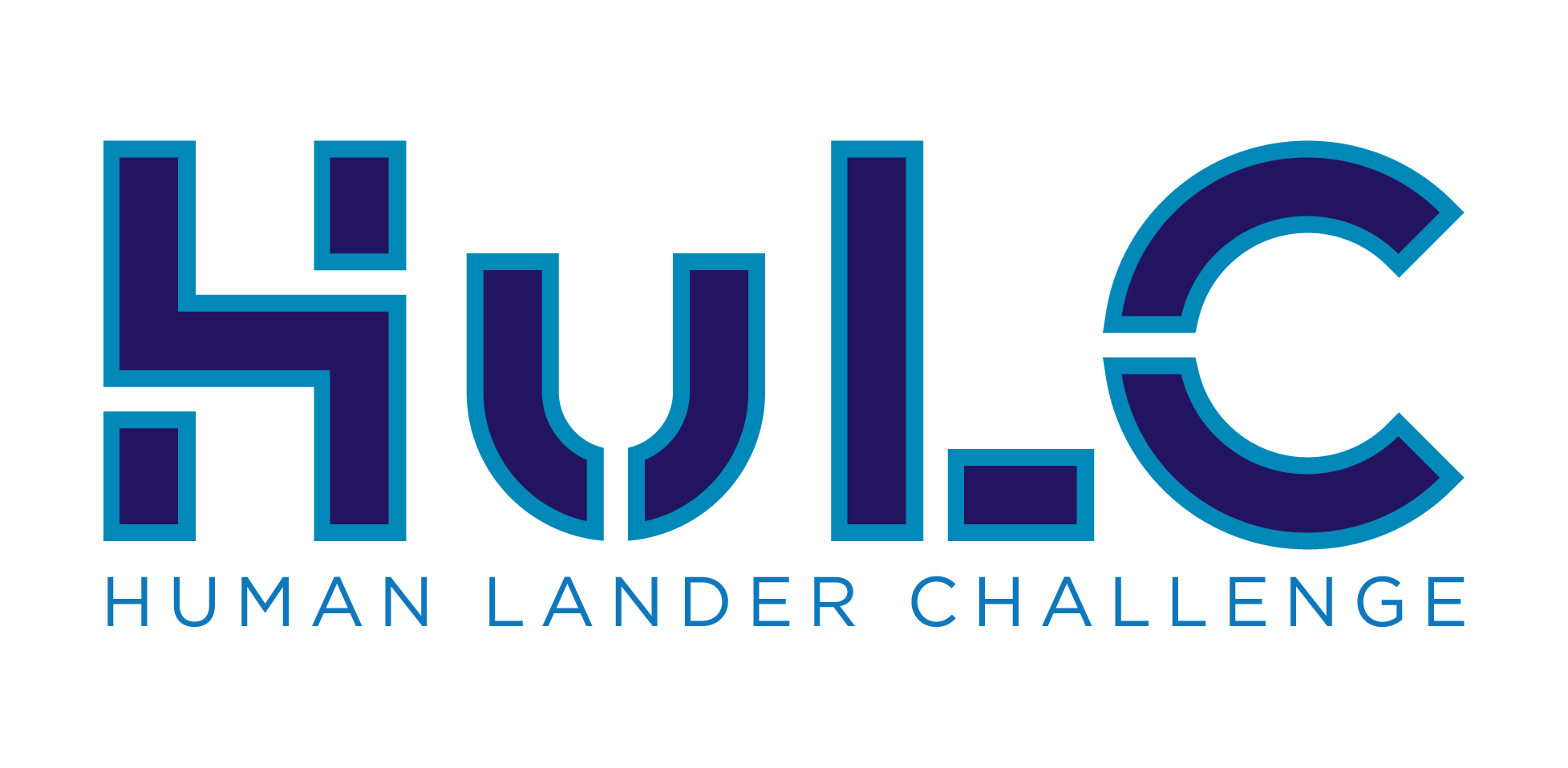
 Esther Lee
Esther Lee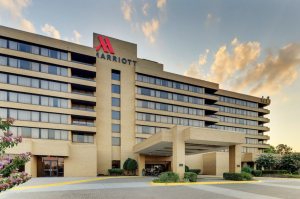
 Monica Guzik
Monica Guzik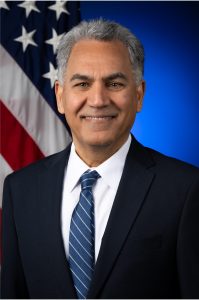 Jamshid Samareh
Jamshid Samareh Wesley Chambers
Wesley Chambers Lora Dishongh
Lora Dishongh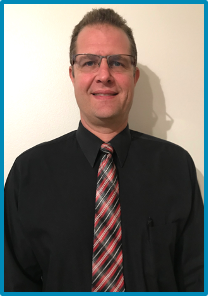 Mark Lewis
Mark Lewis Manish Mehta
Manish Mehta Philip Metzger
Philip Metzger Michelle Munk
Michelle Munk Samantha Harris
Samantha Harris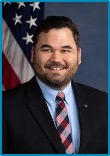 Matt Simon
Matt Simon Ashley Korzun
Ashley Korzun Juan Valenzuela
Juan Valenzuela Mark Wollen
Mark Wollen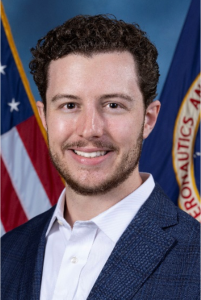 Reid Ruggles
Reid Ruggles Ali Kashani
Ali Kashani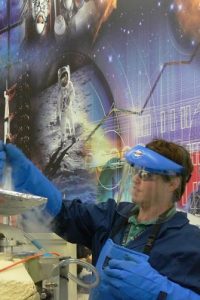 Wesley Johnson
Wesley Johnson Ali Hedayat
Ali Hedayat Michael Dipirro
Michael Dipirro